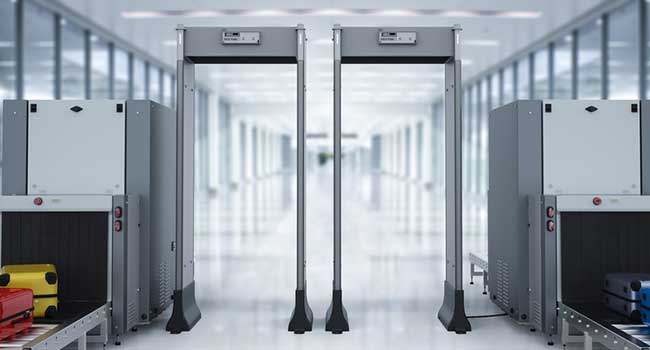
Chicago School Board Questions Effectiveness of Metal Detectors
As the Chicago school board approves $2.4 million worth of funding for new metal detectors and X-ray machines, they discuss whether these physical security barriers are the best way to allocate the funds.
- By Kaitlyn DeHaven
- July 26, 2019
Chicago’s new school board approved $2.4 million to replace metal detectors and X-ray machines the students walk through before they can enter the school every day, but the board is deliberating if the physical security measures are the best way to keep the school safe.
“You can have equipment and not have the right climate and it won’t work and vice versa,” said Jadine Chou, chief of safety and security at the district. “As our thinking evolves on this, we may start moving in a different direction.”
The school district had citywide meetings about policing in schools this week, and some of the topics discussed raised the question of whether metal detectors are the most effective way to keep weapons out of schools. Some of the topics discussed included police accountability, transparency, over-patrolling youth of color, and more generally, how schools handle safety and discipline.
Chou said that her team is trying to find a balance between physical security measures and culture-based solutions.
“How do we keep kids safe? It’s part of a climate, a part of relationships,” Chou said. “We want to work with all of our schools to make sure we have the right balance.”
She said the district has switch from a “zero tolerance for weapons” district to a district who wishes to take a holistic approach to violence prevention.
According to Chalkbeat, Chou said the machines are now a controversial topic, as they are expensive and plenty of schools are avoiding violence without them. She said that the local school souncils that govern each campus have the option to remove the machines, but only one school has inquired about that, and ended up leaving the equipment in place.
About the Author
Kaitlyn DeHaven is the Associate Content Editor for the Infrastructure Solutions Group at 1105 Media.